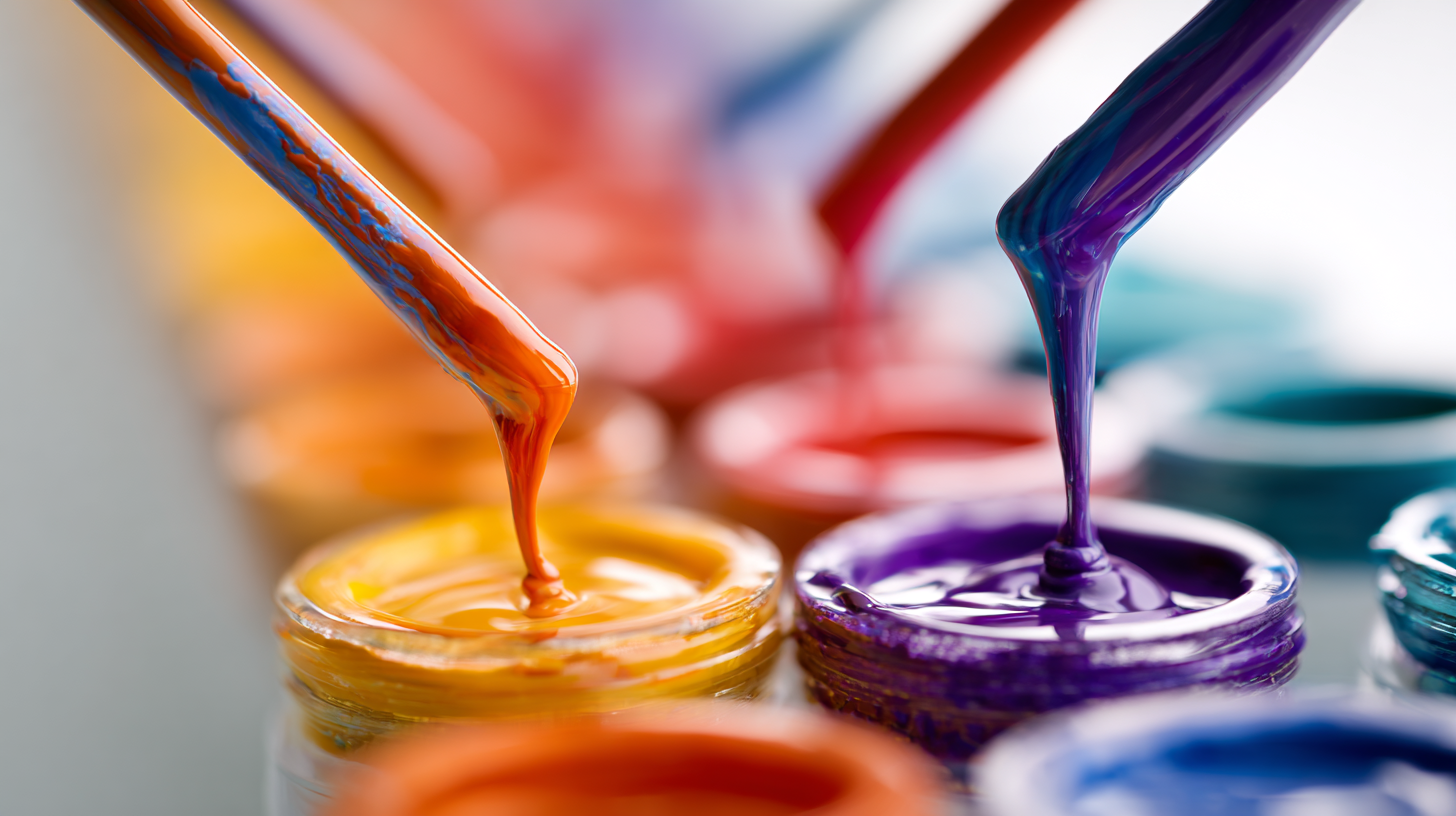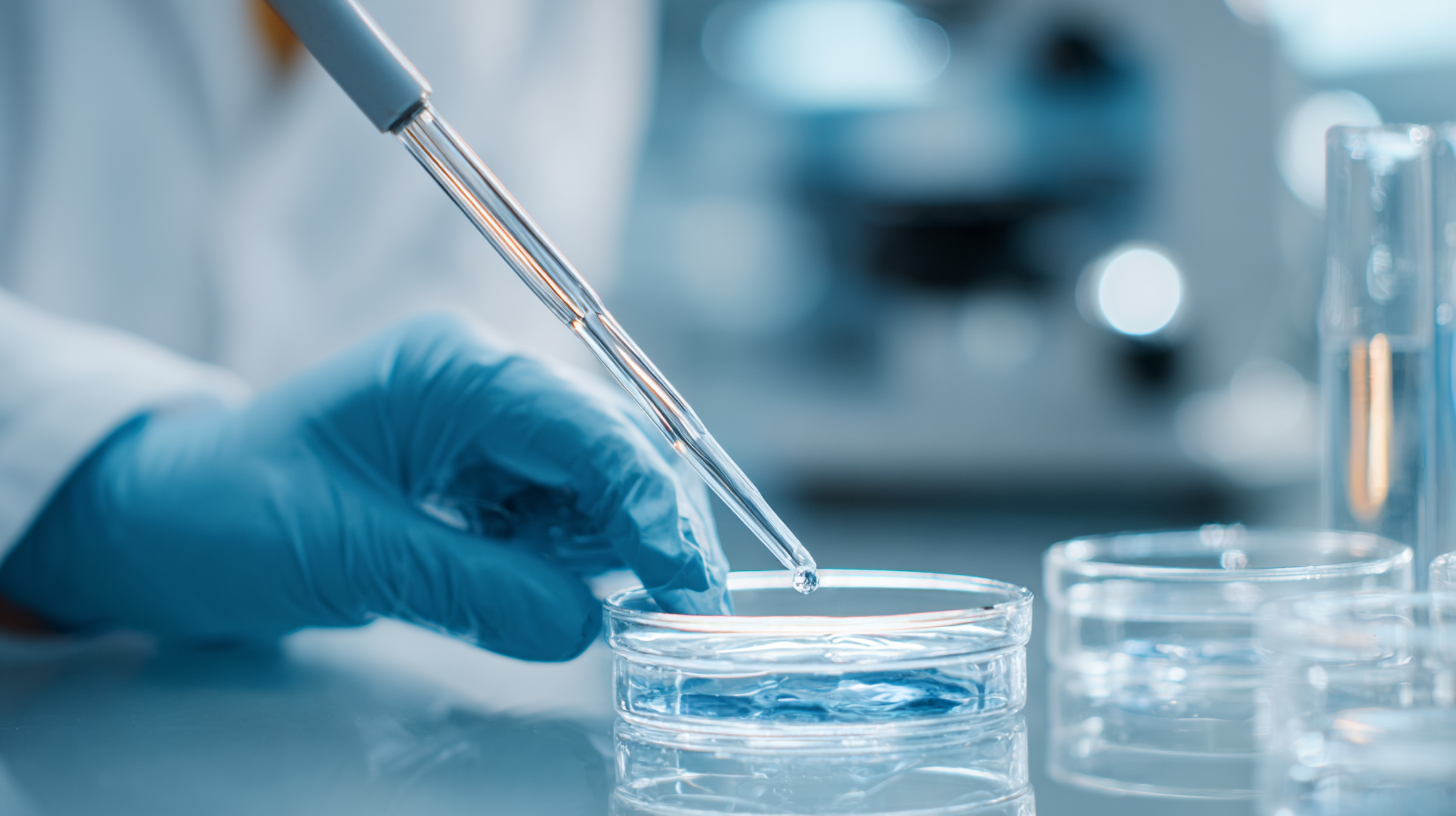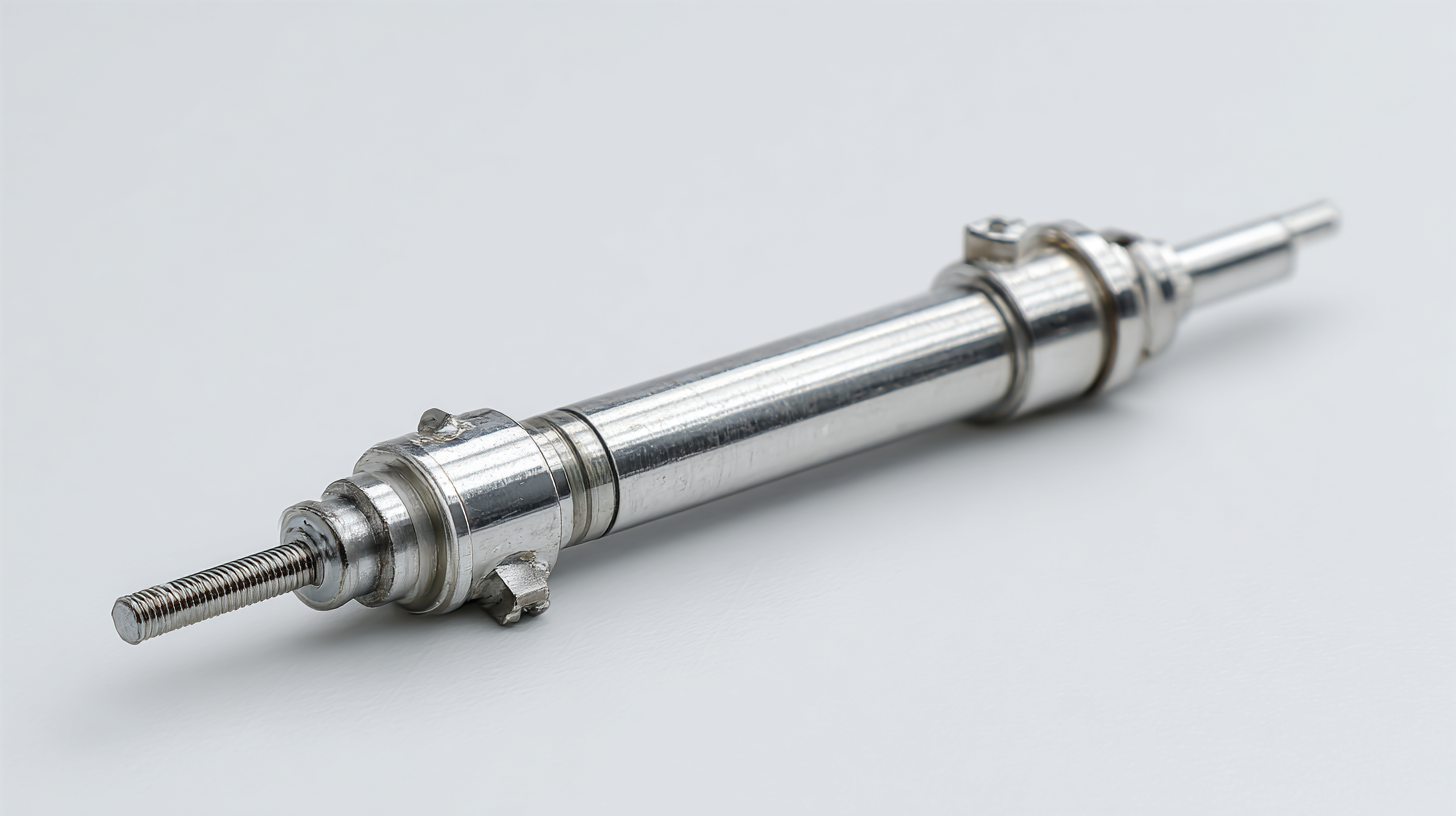As the demand for versatile and durable adhesive solutions continues to rise globally, the spotlight falls on Silicone Repair Glue, a product that has revolutionized various industries, from construction to electronics. According to a recent market report by Fortune Business Insights, the global silicone adhesive market is expected to reach USD 12.68 billion by 2026, growing at a CAGR of 5.4% during the forecast period. This growth is significantly attributed to improvements in product quality and innovation, particularly in China, a leading manufacturer of silicone products. With advancements in formulation and performance, Chinese silicone repair glue is poised to meet the evolving needs of consumers worldwide.

In this blog, we will explore the 2025 industry trends, with a focus on how quality enhancements are unlocking the global potential of the best silicone repair glue made in China and providing guidelines on its optimal applications.
The global market for silicone repair glue is witnessing a transformation, driven by China's commitment to quality and innovation. Recent data shows that the demand for high-performance adhesives has surged, with projections indicating a significant growth rate of 5.8% annually over the next five years. This growth is largely attributed to the advances in technology and manufacturing capabilities within Chinese industries, which have enabled the production of premium silicone adhesives that meet international standards.
As China emerges as a formidable player in advanced industries, the silicone repair glue sector is benefiting from this innovation revolution. Universities and domestic companies are collaborating to enhance product formulations and improve durability, ultimately leading to more reliable solutions for consumers and industries alike. This evolution not only enhances the reputation of Chinese products but also sets a benchmark for global quality in the adhesive market.
**Tips for Selecting Silicone Repair Glue:**
- Ensure the adhesive is designed for your specific repair needs, whether it's for automotive, construction, or household applications.
- Look for products that have passed rigorous quality tests and certifications, ensuring their effectiveness and longevity.
- Consider the adhesive's resistance properties, such as temperature, water, and chemical resistance, depending on where it will be used.

The silicone repair glue market has witnessed significant innovations, particularly in China, which is quickly becoming a global leader in production. Recent technological advancements have improved the quality and performance of silicone repair glue, enabling it to meet diverse consumer needs. In fact, the global market for concrete repair mortars, directly related to the use of high-quality adhesives, was valued at $2.6 billion in 2021 and is projected to reach $4.0 billion by 2026, growing at a CAGR of 8.7%. This growth underscores an increasing demand for effective and reliable repair solutions across various industries, including construction and manufacturing.
Key innovations driving the best silicone repair glue production in China include the development of advanced formulations that enhance durability and adhesion properties. Chinese manufacturers are now focusing on producing environmentally friendly options that comply with international quality standards. Moreover, this emphasis on quality improvement aligns with China’s broader economic strategy aimed at transitioning into a high-tech powerhouse. By continually refining their products and processes, these manufacturers are not just addressing domestic needs but are also positioning themselves to capture a larger share of the global market, thus unleashing the full potential of their innovative capabilities.
As the demand for high-performance adhesives continues to grow, enhancing the bond strength and durability of silicone repair glue emerges as a pivotal focus for manufacturers, particularly in China. Recent innovations in adhesive technology have introduced advanced formulations that not only improve the initial bond but also contribute to the longevity and resilience of the adhesive under varying environmental conditions. These advancements are essential for applications in both industrial settings and consumer products, where the integrity of the bond can significantly affect performance and user satisfaction.
One of the top strategies for enhancing adhesive performance involves optimizing the key components used in silicone formulations. By incorporating innovative additives and improving cross-linking mechanisms, manufacturers can achieve superior bond strength to a variety of substrates. Additionally, employing systematic testing methods, such as systematic reviews and meta-analyses, can help identify the most effective techniques and materials for maximizing adhesive efficacy. Such approaches not only enhance product reliability but also position manufacturers to meet the increasing global demand for high-quality adhesives, ultimately unleashing their potential in the international market.

Understanding consumer needs is pivotal for the silicone repair glue market, especially with emerging trends emphasizing customization and quality. As manufacturers in China focus on enhancing the formulation and performance of silicone glues, they are not only addressing the demand for stronger adhesives but also tailoring products to meet specific consumer requirements. This bespoke approach allows businesses to cater to various applications, from household repairs to industrial uses, ensuring they deliver products that resonate with end-users.
Moreover, the rise of personalized products in many industries, such as skincare and nutrition, mirrors the shift in the silicone repair glue sector. Consumers today are increasingly seeking solutions that fit their individual needs, prompting companies to innovate their offerings. By leveraging feedback and insights from customers, manufacturers can refine their silicone glue solutions, ensuring they not only meet but exceed expectations. Quality improvements and an understanding of the market will ultimately position these products as the go-to choice for consumers around the world, unlocking vast potential for growth and customer loyalty.
This chart illustrates consumer preferences for silicone repair glue across various applications. The data reflects the percentage of interest among consumers, indicating that the automotive and household sectors are the most favored for silicone repair glue usage.
Navigating international regulations is crucial for tapping into the global market for adhesive products, particularly when it comes to silicone repair glue manufactured in China. According to a report by MarketsandMarkets, the global adhesive market is projected to reach USD 55.87 billion by 2026, driven by the rising demand for high-performance adhesives across various industries. Understanding the intricate landscape of international regulatory frameworks like REACH in Europe and the TSCA in the USA is essential. Companies must ensure that their products comply with these regulations to avoid costly penalties and enhance their marketability.
Tip: Regularly consult specialized compliance resources and engage with regulatory experts who can provide insights into the specific requirements of your target markets. Staying updated on changes in regulations can provide a competitive edge.
Furthermore, quality improvements in silicone repair glue can significantly influence compliance with these regulations. Enhanced formulations not only meet safety standards but also improve product performance, making them more appealing to distributors and consumers alike. According to a report by Grand View Research, the silicone adhesives segment is expected to grow at a CAGR of over 5% through 2025, indicating that investing in quality upgrades can yield substantial returns.
Tip: Conduct thorough market research to identify consumer preferences and industry trends. This knowledge can guide your product development efforts and ensure alignment with regulatory demands.
